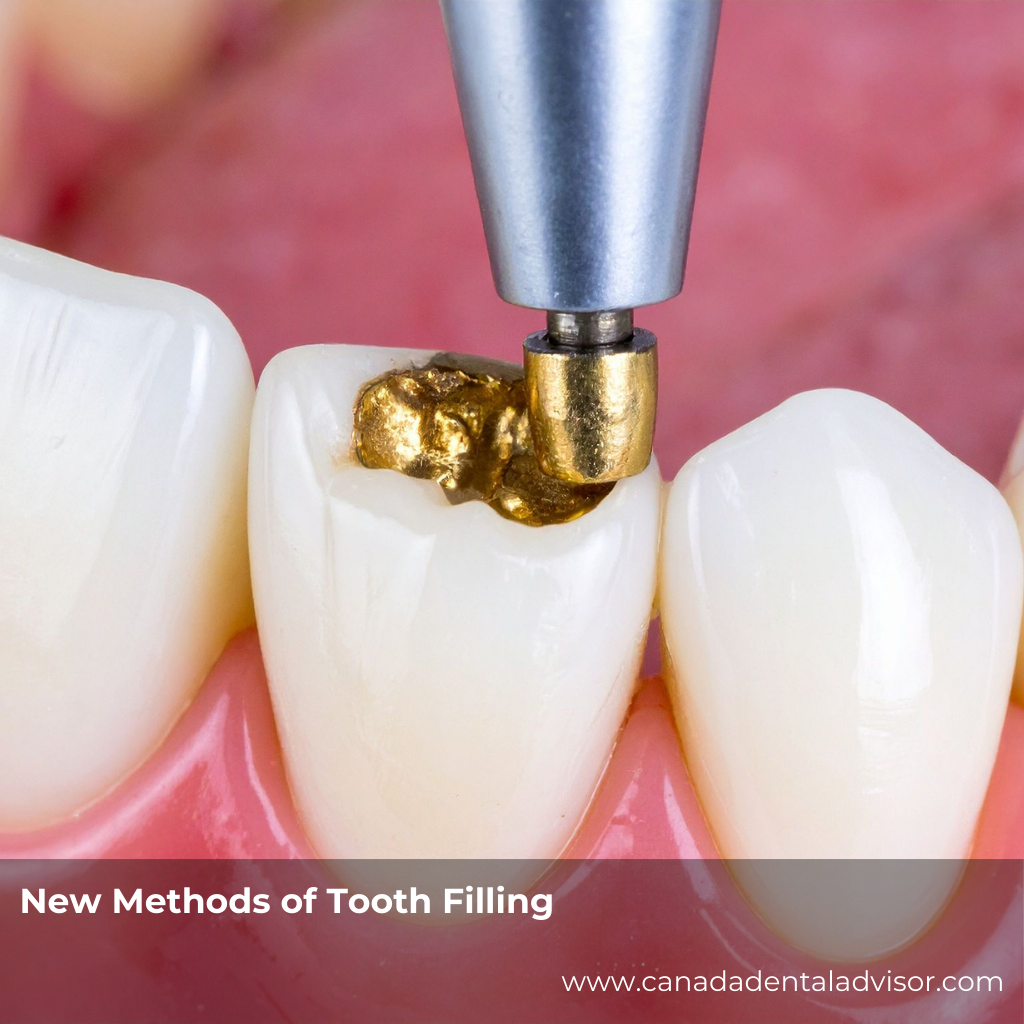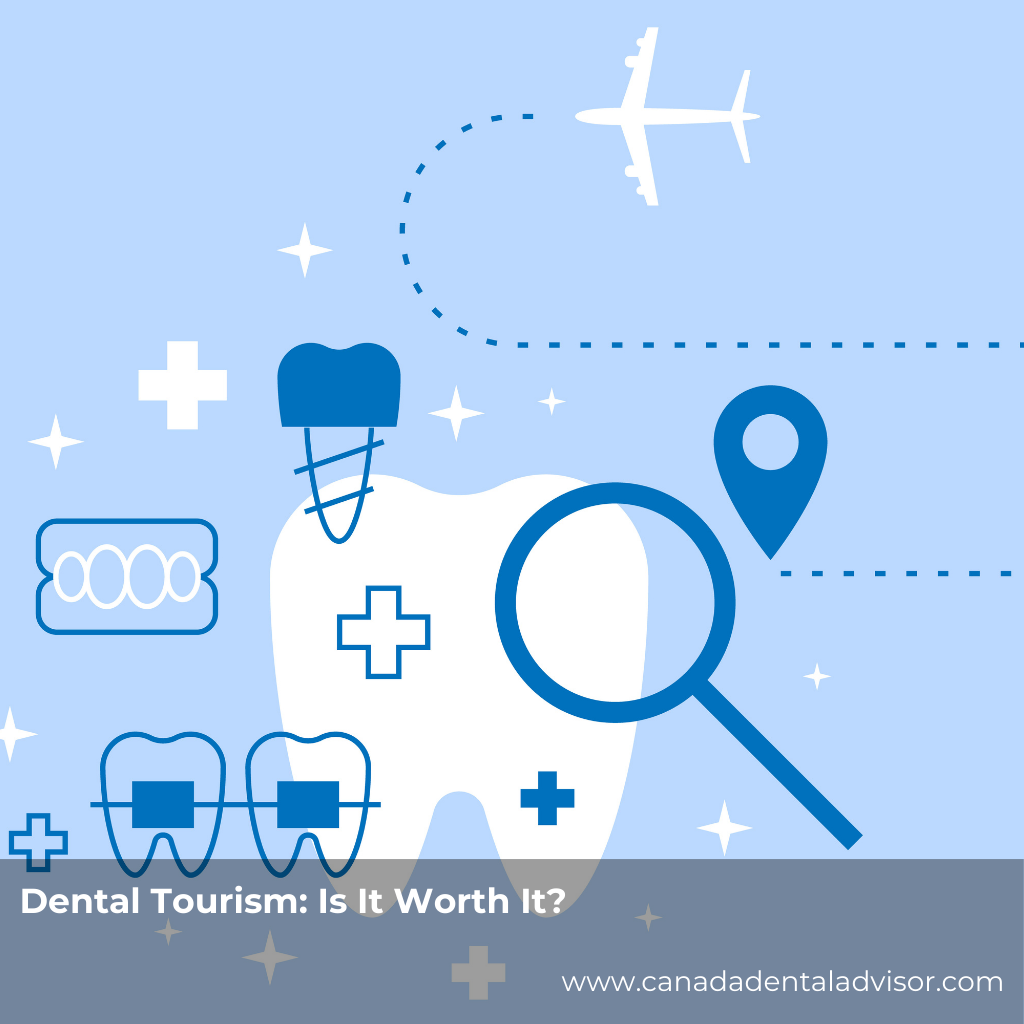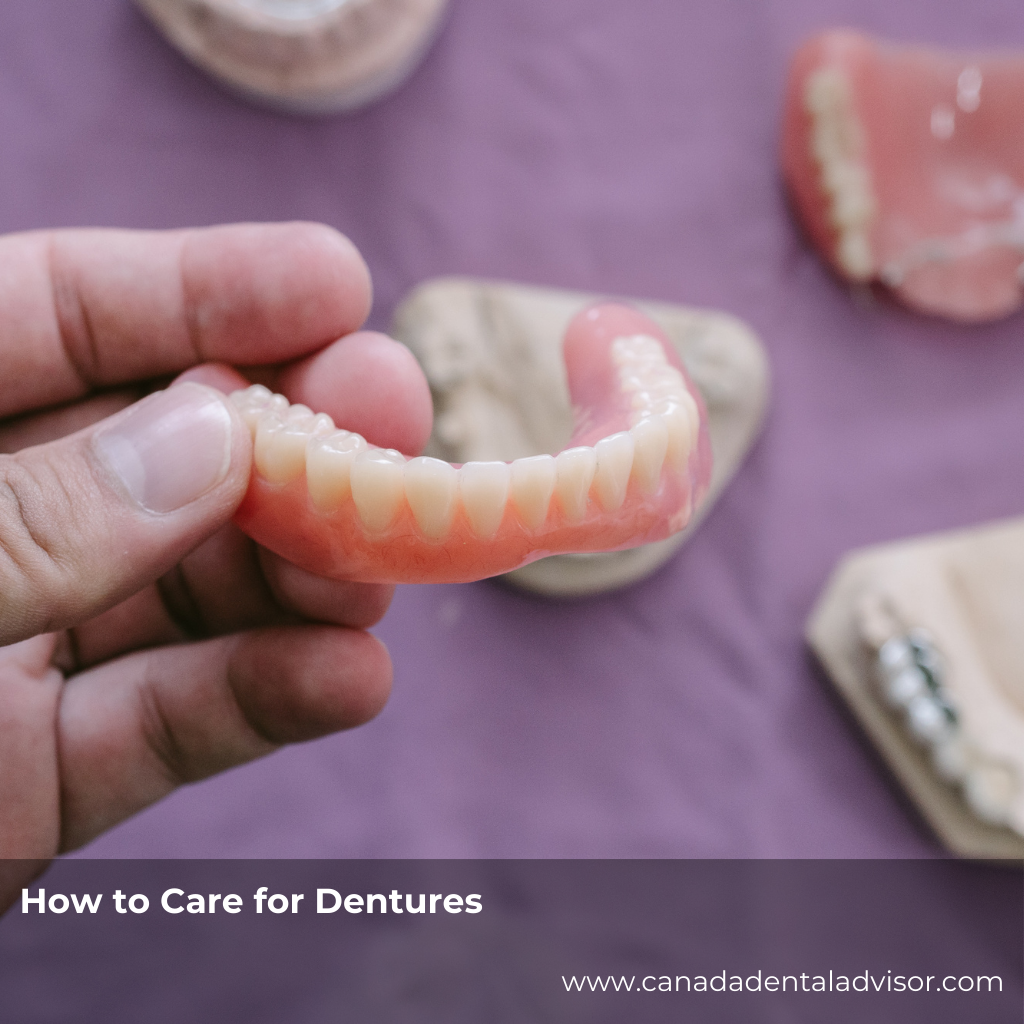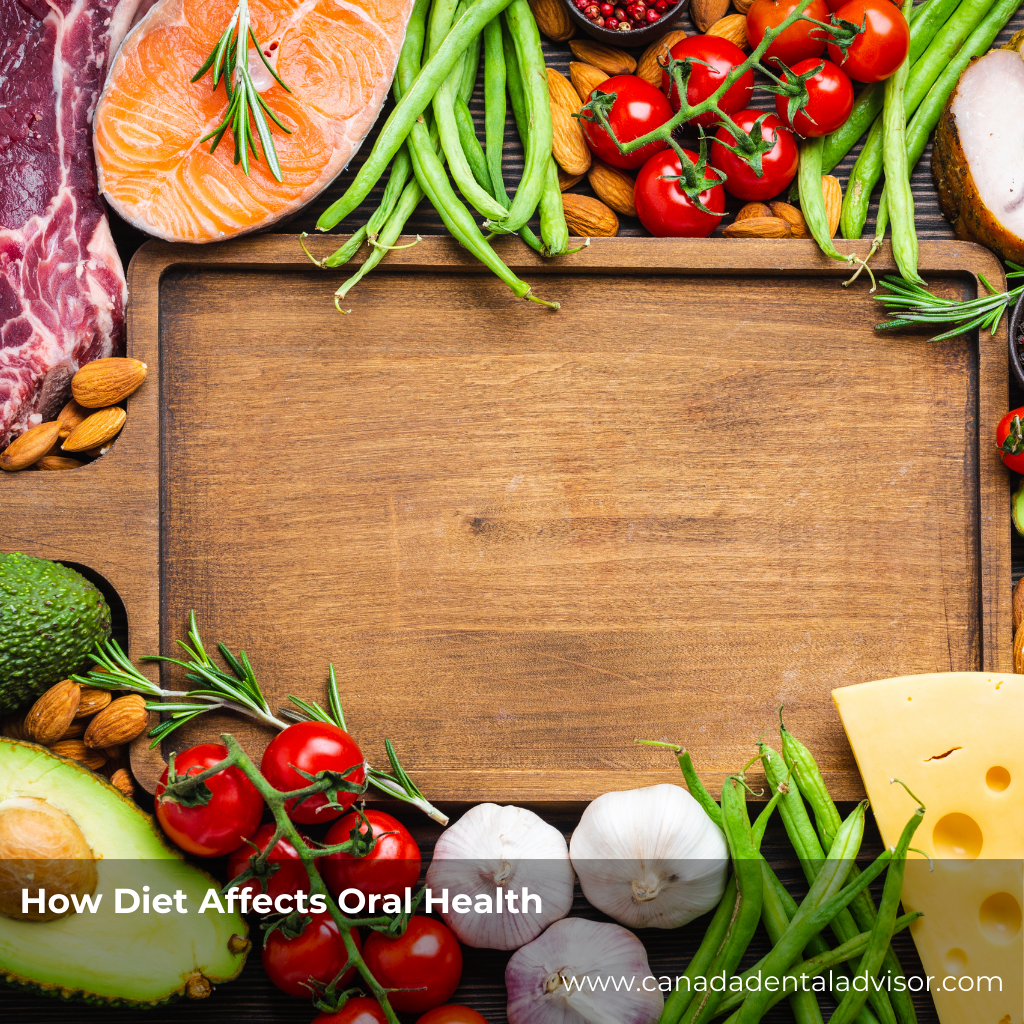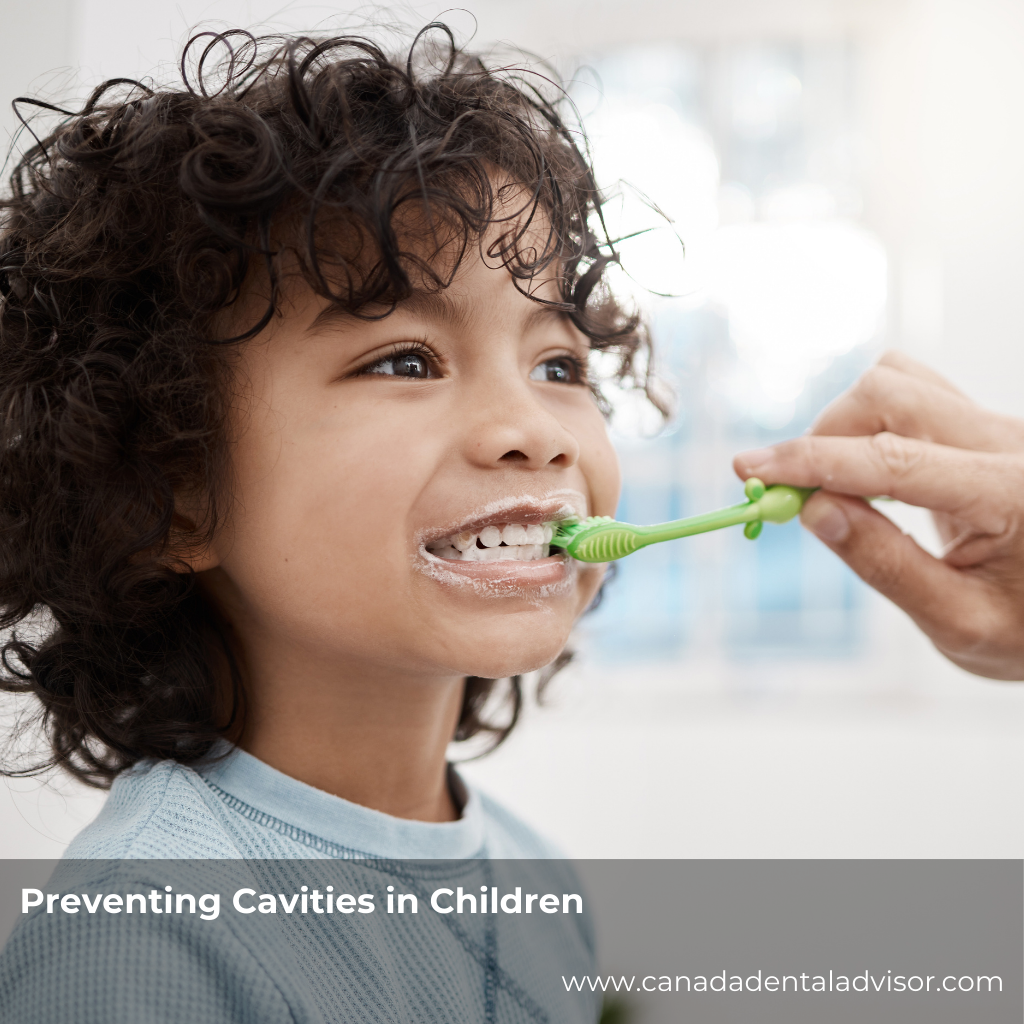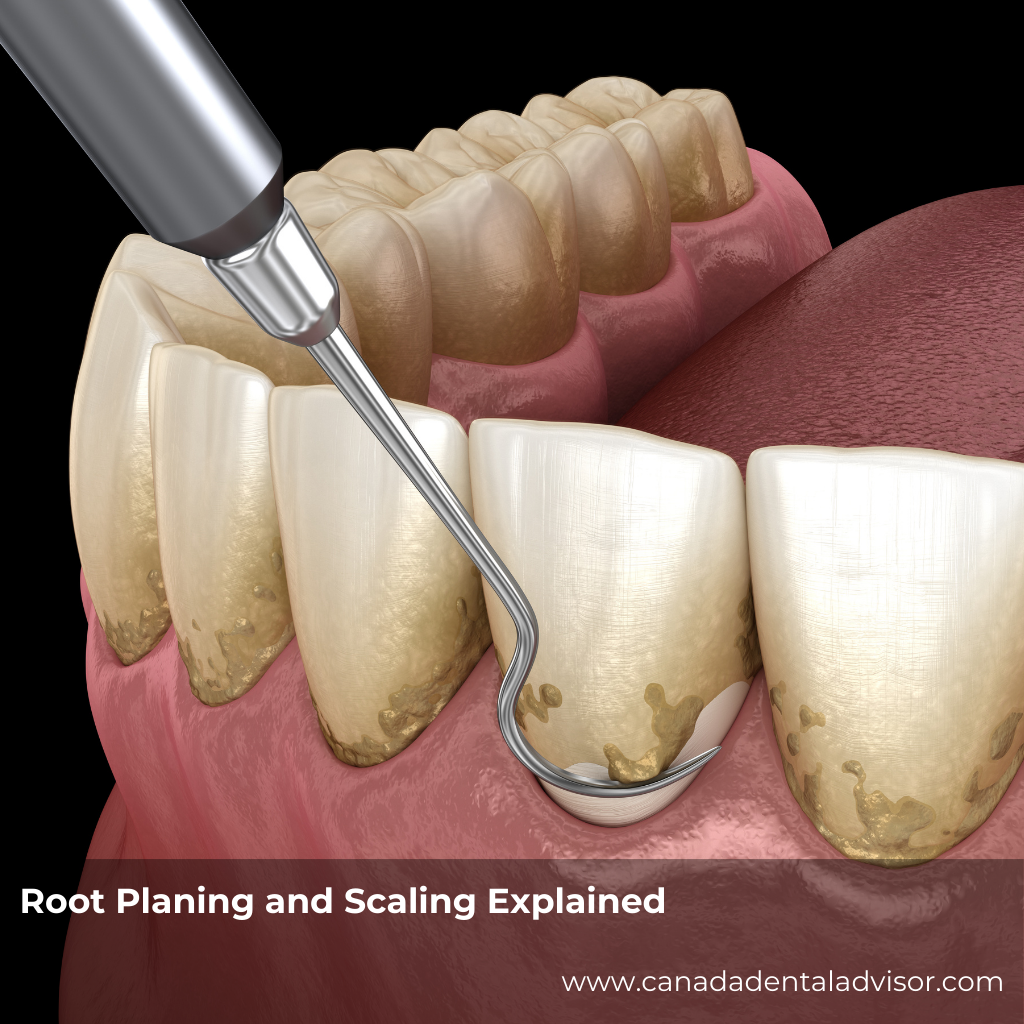The Hidden Toll of Smoking on Oral Health
Smoking isn’t just harmful to the lungs—it directly targets the mouth. Over time, tobacco use can lead to:
-
Stained and discolored teeth
-
Persistent bad breath
-
Reduced blood flow to gum tissue
-
Slower healing after dental procedures
-
Gum disease and bone loss
-
Increased cavity risk
-
Higher likelihood of oral cancer
What makes these issues more challenging is that smoking often masks early symptoms of gum disease due to restricted blood flow. That means a smoker may feel fine while underlying conditions silently progress.
This is where individualized care becomes essential.
Why One-Size-Fits-All Doesn’t Work for Smokers
Traditional dental care plans often assume all patients have similar risks and health habits. But smokers face a unique set of challenges:
-
Healing takes longer.
-
Gums may not respond normally to treatment.
-
Certain procedures may produce less predictable outcomes.
-
Behavioral barriers may affect consistency with oral hygiene.
Individualized care plans take these realities into account, which leads to much better outcomes.
How Individualized Care Plans Improve Treatment Outcomes
An individualized care plan doesn’t just offer treatment—it creates a personalized strategy that meets patients where they are. Here’s how these plans significantly improve results for smokers:
1. Custom Risk Assessment
A tailored plan begins with a detailed evaluation of:
-
Smoking frequency and history
-
Gum health
-
Bone density
-
Current dental restorations
-
Areas of inflammation or recession
This allows dental professionals to design a plan that precisely targets each patient’s needs.
2. Prioritizing Treatments That Deliver the Highest Impact
Some smokers, like Mark, may need gum therapy before cosmetic procedures. Others might require:
-
Deep cleanings
-
Antibacterial gels or rinses
-
More frequent hygiene visits
-
Targeted fluoride applications
-
Saliva-enhancing treatments
A customized sequence ensures the right treatments happen at the right time.
3. Tailored Home-Care Strategies
Daily habits often determine long-term success. An individualized hygiene plan might include:
-
Specific brushing techniques
-
Recommendation of electric brushes
-
Smokers’ mouth rinses
-
Custom trays for periodontal medication
-
Targeted flossing instructions
When patients feel supported—not judged—they’re more willing to make small, consistent improvements.
Individualized Plans Enhance Patient Compliance
Many smokers have tried quitting or reducing their smoking habits multiple times. Others feel overwhelmed or discouraged about their oral health.
A personalized care plan fosters compliance by:
 Making goals achievable
Making goals achievable
Small steps feel less intimidating than broad instructions like “brush better.”
 Offering personalized check-ins
Offering personalized check-ins
Frequent, shorter appointments help track progress and maintain motivation.
 Focusing on encouragement rather than criticism
Focusing on encouragement rather than criticism
Patients are far more likely to follow a plan when they feel respected and understood.
 Giving patients visible evidence of improvement
Giving patients visible evidence of improvement
Before-and-after photos, gum measurements, and plaque scores can show real progress, which motivates continued effort.
Long-Term Oral Health Through Personalized Guidance
Perhaps the greatest benefit of individualized care plans is their long-term impact. They help patients:
-
Detect early signs of gum disease
-
Reduce stain buildup
-
Improve gum attachment
-
Decrease the risk of tooth loss
-
Develop better oral hygiene habits
-
Transition toward smoke-free living (if desired)
For smokers who want to quit, dental teams can integrate cessation support—another layer of personalization that leads to life-changing benefits.
Mark, from the beginning of our story, didn’t just restore his gum health. He reduced his smoking, felt confident in his smile again, and became motivated to maintain regular visits—a far cry from where he started.
Relevant Image
(I can generate this photorealistic image for you—just say “generate the image.”)
Conclusion: Personalized Dental Care Makes All the Difference
Smoking undeniably impacts oral health, but the story doesn’t end there. Through individualized care plans, dental professionals can guide patients toward healthier gums, stronger teeth, and improved confidence. These personalized strategies enhance compliance, deliver stronger outcomes, and lay the foundation for lasting oral wellness.
If you’re a smoker—or care for patients who smoke—remember: personalized care isn’t just helpful. It’s transformative.
Frequently Asked Questions
1. Can smokers still benefit from regular dental cleanings?
Absolutely. In fact, smokers often need more frequent cleanings to manage plaque, staining, and gum inflammation.
2. Do smokers heal more slowly after dental procedures?
Yes. Reduced blood flow to the gums can slow healing. Individualized plans take this into account by adjusting treatment timing and post-care instructions.
3. Can personalized care plans help smokers quit?
They can. Many plans integrate smoking cessation resources or referrals to support long-term health.
4. Is gum disease reversible for smokers?
Early gum disease can often be reversed with targeted cleaning and hygiene adjustments. Advanced cases can be managed but not fully reversed.
5. Do whitening treatments work for smokers?
Yes, but results may take longer. Customized whitening strategies help improve outcomes.
6. How often should smokers visit the dentist?
Typically every 3–4 months, though recommendations are personalized based on gum health.
7. Can individualized care prevent tooth loss?
Yes. By targeting gum disease early and reinforcing healthy habits, personalized plans significantly reduce the risk of future tooth loss.
8. Are there special toothpaste or mouth rinses for smokers?
Many exist, especially those designed for stain control or gum support. A dentist can recommend the best options.
9. Can smoking hide symptoms of gum disease?
Yes. Reduced blood flow may mask bleeding or inflammation, making professional evaluations essential.
10. Why are personalized plans better than generic advice?
Because every smoker’s oral health, habits, and risks are different. Tailored strategies work with the individual—not against them.


